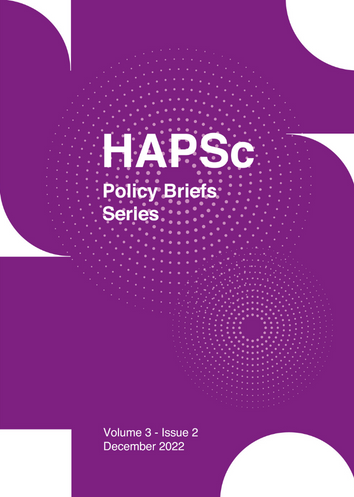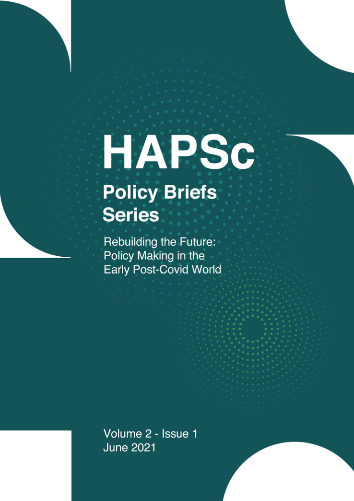Taking Over the Role of Law Enforcement by National Television: The Case Study of Women’s Strike Protests in Pandemic-Ridden Poland
Аннотация
The study aims to show how the media took over the role of law enforcement by categorising who and how broke the law during women’s protests. These protests took place during the second wave of the pandemic. It all started with the judgment of the Constitutional Court, which decided to restrict abortion law in Poland. The method used in the study is a qualitative analysis of sources published on Tvp.info. The analysis made it possible to answer the question of how public television assessed and categorised the activity of protesters and why it is possible to talk about taking over the functions of the security services. As a result, the way the protests were reported became a form of mediatised control of protest. The research hypothesis is that National Television, as the ruling party's propaganda tool, was enabled in order to take over the police function of ensuring public order and security in crisis situations in relation to the protests. Based on the analysis, the paper introduces recommendations to the ruling party and subordinated national television in order to restore neutrality and realise the original functions of national television.
Article Details
- Как цитировать
-
Rezmer-Płotka, K. (2022). Taking Over the Role of Law Enforcement by National Television: The Case Study of Women’s Strike Protests in Pandemic-Ridden Poland. HAPSc Policy Briefs Series, 3(2), 14–20. https://doi.org/10.12681/hapscpbs.33778
- Раздел
- Articles

Это произведение доступно по лицензии Creative Commons «Attribution» («Атрибуция») 4.0 Всемирная.
Authors retain copyright and grant the journal right of first publication with the work simultaneously licensed under a Creative Commons Attribution License that allows others to share the work with an acknowledgement of the work's authorship and initial publication in this journal.




